Winnie the Pooh fans are only just realising the heartbreaking hidden meanings behind each character’s personality
Fans of Winnie the Pooh are just beginning to realize the heartbreaking hidden meanings behind each character’s personality.
Alan Alexander Milne, the Londoner best known as AA Milne, wrote Winnie the Pooh in 1926 to teach children about love, forgiveness, patience, trust and acceptance.
However, each of the characters from the beloved books have been linked to conditions such as anxiety, attention deficit disorder, depression, obsessive-compulsive disorder and even schizophrenia.
In 2000, a pediatrician and Ph.D. holder Sarah Shea and her team of pediatricians released a magazine titled Pathology in the Hundred Acre Wood: a neurodevelopmental perspective on AA Milne.
It was suggested that each of the Winnie-the-Pooh characters exhibited symptoms of a different mental disorder.
According to the professors, ‘Pooh’ highlights seven distinct conditions, including anxiety, depression, obsessive-compulsive disorder and schizophrenia.
Fans of Winnie the Pooh are just beginning to realize the heartbreaking hidden meanings behind each character’s personality
The report read: “Somewhere at the top of the Hundred Acre Wood, a little boy and his bear are playing.
‘On the surface it is an innocent world, but upon closer examination by our group of experts we find a forest where neurological and psychosocial problems remain unrecognized and untreated.’
However, many dispute that the author deliberately gave the characters the terms, because he died in 1956 and the term learning disabilities was not introduced until 1963. While ADHD only became a common diagnosis in the 1990s.
But others argue that the author may not have consciously linked each character to a known type of disorder, but instead may have recognized that some children have specific problems, and that the Winnie the Pooh characters may have unintentionally acted on those observations based.
Winnie the Pooh: Attention Deficit Disorder (ADD)
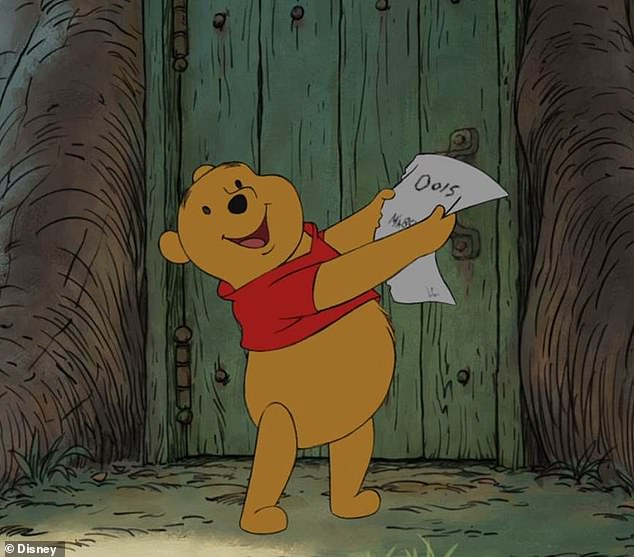
According to the magazine, Pooh may suffer from attention deficit disorder, also known as ADD
According to the magazine, Pooh may suffer from attention deficit disorder, also known as ADD.
The pediatricians explained that Pooh “easily gets lost in his own world and loses track of what he’s doing” thanks to his “short attention span.”
Additionally, it said that people like Pooh will sometimes form “obsessive fixations,” like the character does with honey, for example.
They also concluded that Pooh’s persistence in eating and his repetitive counting behavior raise the diagnostic possibility of obsessive-compulsive disorder (OCD).
Piglet: Anxiety disorder
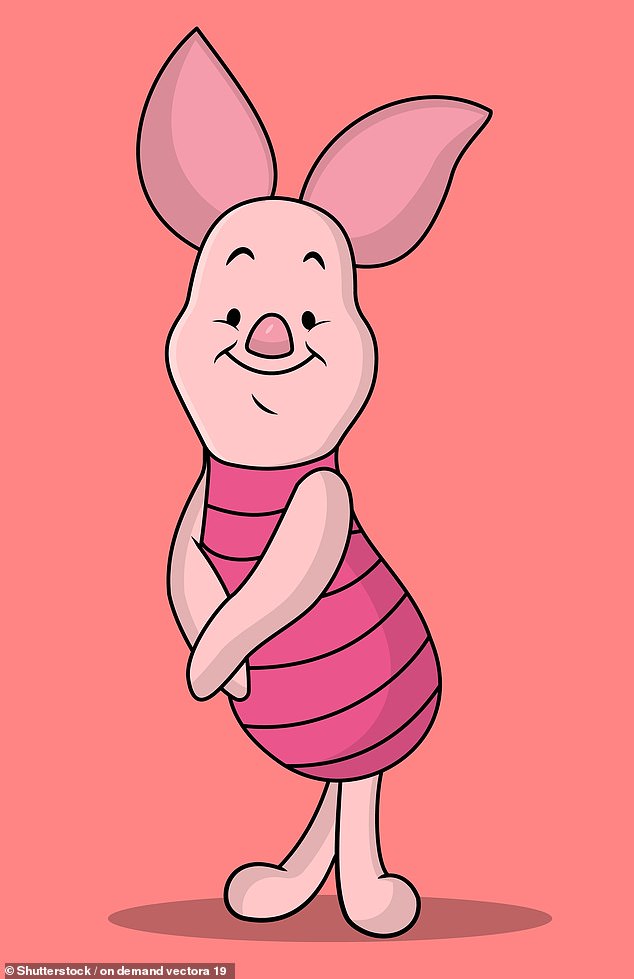
According to the magazine, Piglet may be suffering from ‘Generalized Anxiety Disorder’
According to the magazine, Piglet may be suffering from Generalized Anxiety Disorder.
It was explained that the cute pig should have been properly assessed and diagnosed at a young age, and given medication that would have helped.
While the Pooh pathology testcreated by IDRlabs.com, says Piglet spends most of his time “worrying excessively” about a “large number of things” and “finding it difficult to control his fears.”
“His anxiety is always with him, making him uncomfortable in a multitude of situations,” it explained.
Eeyore: Persistent depressive disorder
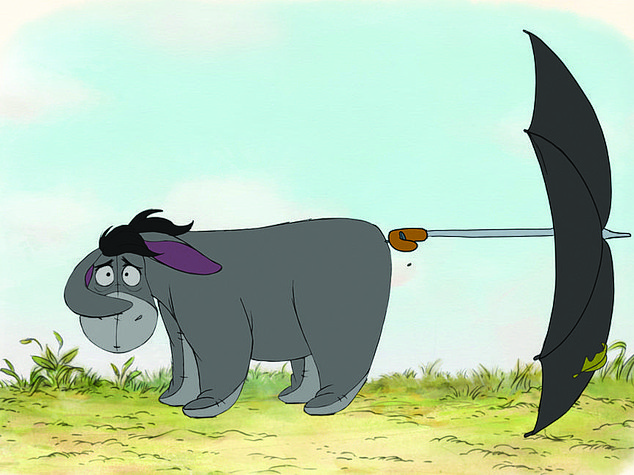
The test stated that those who received Eeyore may be suffering from depression. People who identify most with the donkey may struggle with “chronic low moods” and “feelings of hopelessness”
The test stated that those related to Eeyore may be suffering from persistent depressive disorder.
The pediatricians admit they don’t know if early trauma contributed to his chronic negativism and low energy.
The poor donkey suffers from chronically sad moods and feelings of hopelessness.
The pediatricians explained that Eeyore would benefit from an antidepressant, perhaps combined with individual therapy.
Rabbit: Obsessive Compulsive Disorder (OCD)
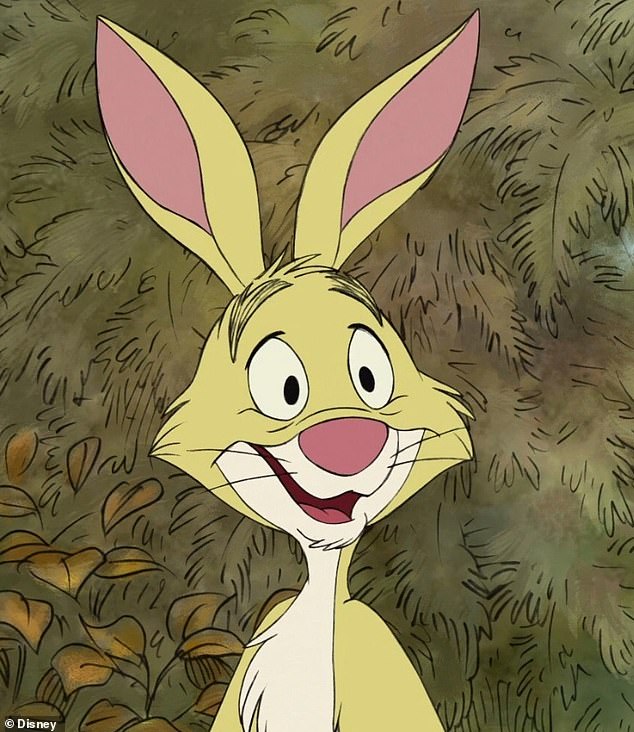
According to the test results, those who received Rabbit may be suffering from obsessive-compulsive disorder, also known as OCD
According to the Pooh Pathology Test, Rabbit may suffer from obsessive-compulsive disorder, also known as OCD.
The quiz noted that the character has “a recurring and persistent urge for everything to be perfect.”
“He is also characterized by compulsive and repetitive behaviors such as ordering and checking things,” it added.
Tigger: attention deficit hyperactivity disorder (ADHD)
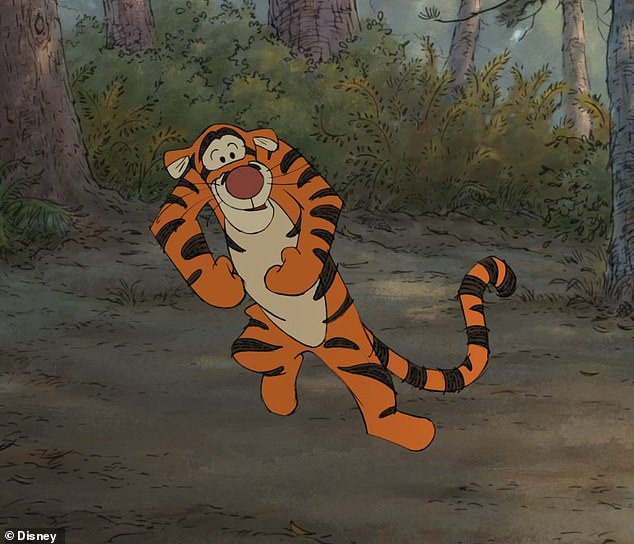
Those who get Tigger during the Pooh Pathology Test may suffer from attention deficit hyperactivity disorder, also known as ADHD
The pathologists suggested that Tigger is exhibiting a recurring pattern of risky behavior.
They said his hyperactivity and impulsiveness would indicate he may need a stimulant drug.
While the Pooh pathology test indicated that he may be suffering from attention deficit hyperactivity disorder, also known as ADHD.
The test results showed that Tigger is ‘always bouncing’ and often ‘gets overly excited’. He also has difficulty ‘paying attention to one thing for too long’.
Roo: Autism
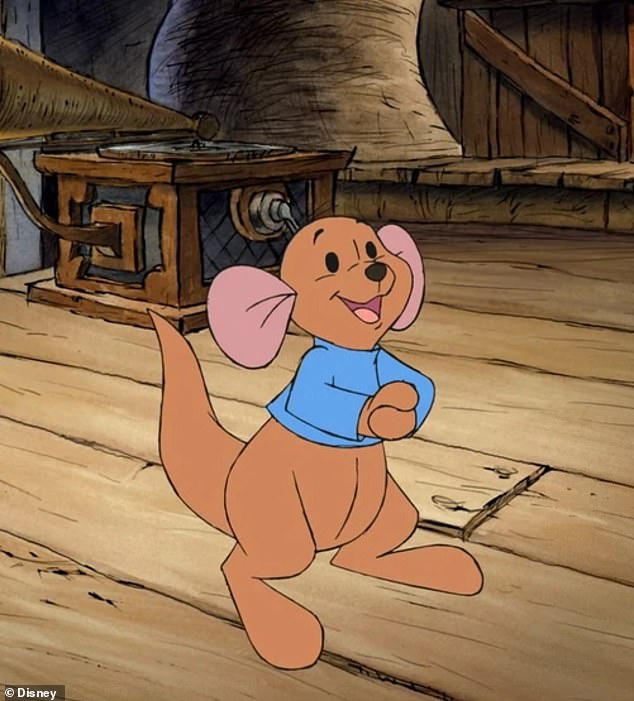
The Pooh pathology test stated that those who received Roo as a result may have autism. It said the baby kangaroo is ‘oblivious to what’s going on around him’
The Pooh pathology test stated that those who received Roo as a result may have autism.
It described the baby kangaroo as “mentally locked up” and noted that he has “no awareness of what is happening around him.”
‘He is oblivious to social cues and subtexts. He alternates between over-enthusiastic and reckless behavior on the one hand and sitting impassively in his mother’s pouch on the other,” he wrote.
While the pathologists noted in the diary that they are concerned that Roo’s best friend is Tigger, who is not a good role model and often gets him into trouble.
